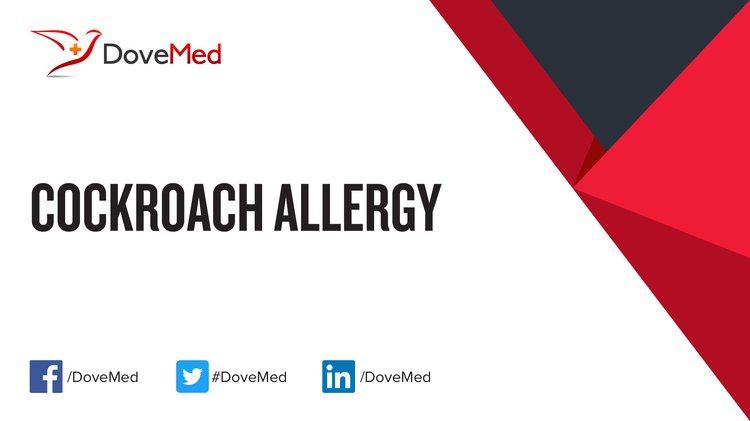
A buckwheat allergic person may therefore be at risk of reacting to any form of buckwheat (cooked, baked, processed, or raw). Some of the allergenic proteins in buckwheat are stable to both heat and digestion.

11 Do I need to avoid all forms of buckwheat? 14 Common pollen allergies that could cause OAS when eating buckwheat include tree (e.g., birch), grass, and weed. 10 It is quite common, as one study suggests that up to 25 percent of 8-year-old children with allergic rhinitis (aka hay fever) also suffer from PFAS. This condition is caused by your immune system's reaction to similar proteins, or components, found in foods and pollens. If you experience an itchy mouth or ears, scratchy throat, hives on the mouth, or swelling of the lips, mouth, tongue, or throat after eating buckwheat or other related fresh fruits, raw vegetables, or tree nuts, you may suffer from Pollen Food Allergy Syndrome (PFAS) also called Oral Allergy Syndrome (OAS). 5 Several case studies have revealed cross-reactivity between buckwheat and latex, coconut, and poppy seeds. This is called cross-reactivity and occurs when your body's immune system identifies the proteins, or components, in different substances as being structurally similar or biologically related, thus triggering a response. Some people with buckwheat allergy may also experience symptoms when eating other seemingly unrelated foods. 7Īre there other allergens I could be sensitized to?* What s more, two-thirds of children with prior anaphylactic reactions to buckwheat developed tolerance after a dietary elimination period of a median 10.5 years.

One study in Japan demonstrated that 72 percent of children with a buckwheat allergy had acquired tolerance by a median age of 7. 6 Although the median ages of buckwheat allergy in children in Korea and Japan are 7 years and 7.4 years, respectively, most children eventually outgrow it. 5 However, buckwheat is the sixth most common source of food allergy in Japan, where it's also the fourth most frequent cause of food-related anaphylaxis. In the United States, much of Western Europe, and Australia, buckwheat-sensitization prevalence is 2.8 percent overall and 2.2 percent excluding those with sensitivities to birch pollen. 4 For those allergic to buckwheat, inhalation of buckwheat flour can also cause a reaction. 2 Various forms of allergic reactions may occur via ingestion, occupational exposure, and domestic exposure through pillows filled with buckwheat husks. 1,3 However, buckwheat is considered a serious food allergen because it can cause severe reactions such as anaphylaxis in allergic individuals.

1,2 Hulled buckwheat kernels are cooked and served much like rice, and buckwheat flour can be mixed with wheat flour to create a variety of dishes, including popular options such as crepes and noodles (e.g., soba, ramen, somen, and udon). Larvae of A lumbricoides reacted strongly with mAb IA6.Conclusion: Tropomyosin induces IgE responses in A lumbricoides-infected children and in patients allergic to cockroach.Buckwheat (aka common buckwheat) is high in protein and carbohydrates but also provides small amounts of vitamins B1 and B2 as well as rutin, an ingredient with antioxidant capacity. Strong correlation was found for IgE antibodies to tropomyosins from A lumbricoides and P americana in sera from children living in a parasite-endemic area and from patients with cockroach allergy.

The predicted structure of A lumbricoides tropomyosin was similar to that of P americana tropomyosin and showed the characteristic coiled-coil structure. Molecular modeling of P americana and A lumbricoides tropomyosins was performed by using the MODELLER program.Results: A lumbricoides tropomyosin showed 69% to 98% sequence identity to tropomyosins from other invertebrates. Presence of tropomyosin in A lumbricoides larvae at 元 stage was evaluated by immunofluorescence using mAb IA6, directed against mite tropomyosin. Levels of IgE to tropomyosins from A lumbricoides and P americana were determined by chimeric ELISA in sera from 119 children living in a parasite-endemic area and 112 patients with cockroach allergy from the allergy clinics. Background: Evidence indicates that infection with Ascaris lumbricoides may promote development of allergy and asthma.Objective: To study the role of tropomyosin, a pan-allergen in invertebrates, in IgE responses to A lumbricoides.Methods: Recombinant A lumbricoides and Periplaneta americana tropomyosins were expressed in Pichia pastoris.


 0 kommentar(er)
0 kommentar(er)
